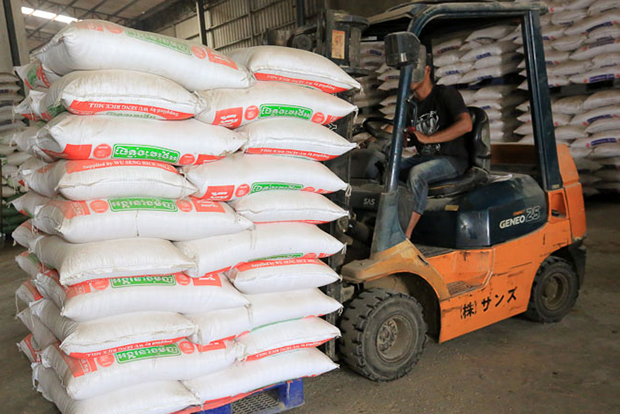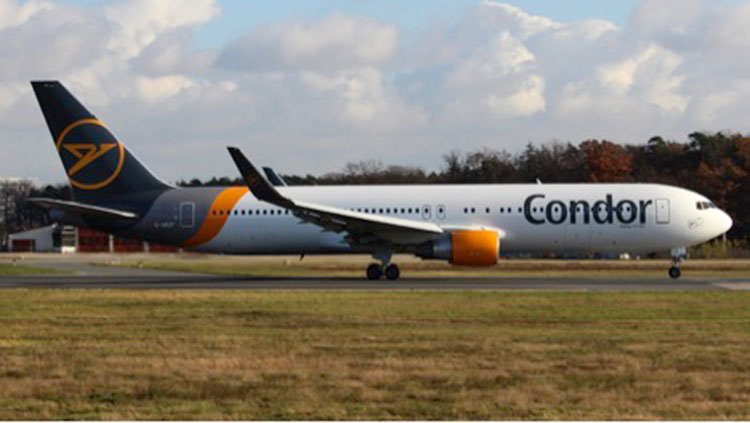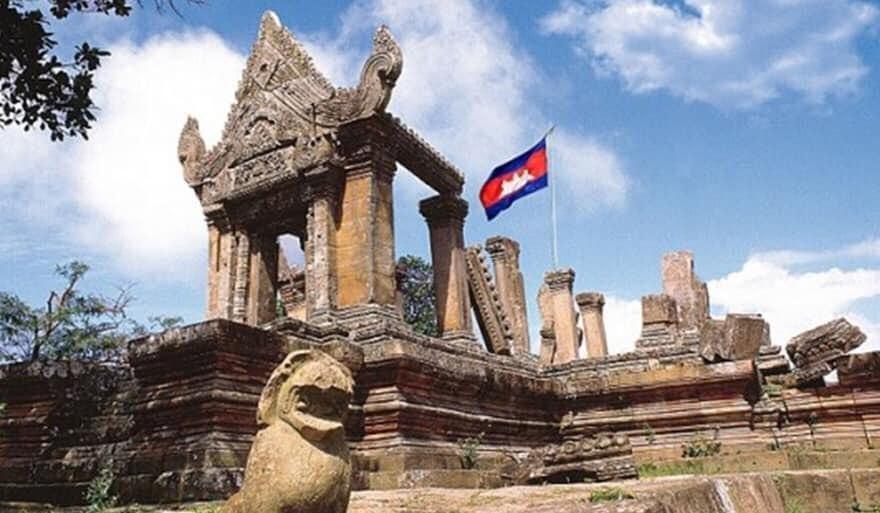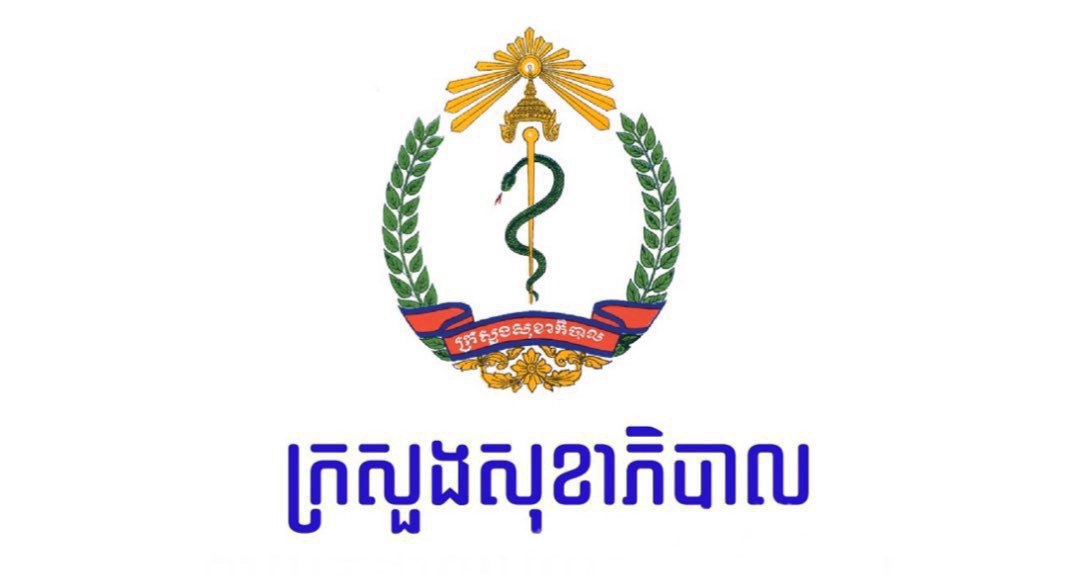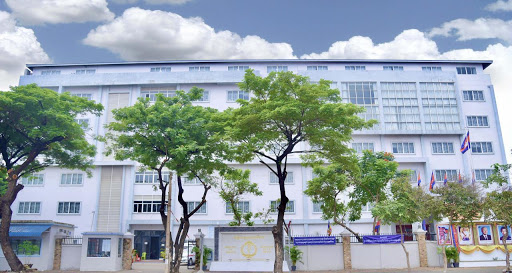Cambodia Rice Exports to EU To Be Tariff-Free from January 18
The European Union’s import tariffs on Cambodian and Myanmar long-grain white rice will revert to zero from January 18, said S&P Global Platts, the EU Commission’s Directorate-General for Trade. The tariffs were introduced by the European Commission (EC) three years ago on Cambodian rice exports.
Before the tariffs were imposed on January 18, 2019, the EU has had been steadily increasing its imports of rice from both Cambodia and Myanmar, in particular of the cheaper long-grained indica variety, and as a consequence, the price of rice grown in the EU dropped significantly.
Led by Italy, EU rice-producing countries tabled a request for “trade safeguards” to be instated on imports from Cambodia and Myanmar of the long grain indica variety of rice, which started at €175 per ton for the first year and was reduced to €125 per ton this past year.
Both Cambodia and Myanmar are beneficiaries of the EU’s Everything But Arms (EBA) trade scheme which removes duty on exports from the two countries into the EU to help alleviate the poverty the two countries suffer from.
Even though this preferential treatment of Cambodia had been lifted by the EU in 2020 due to human rights concerns, rice exports to the EU were still allowed to benefit from the scheme.
Now with the lifting of these safeguards on January 18, Cambodian rice exporters are excited about the prospect of exports to the EU bouncing back to previous levels.
“We want to thank all the European Commission for supporting Cambodia and allowing these tariffs to be removed,” rejoiced Song Saran, president of the Cambodia Rice Federation (CRF) and CEO of Amru Rice, one of the top rice exporters in Cambodia that has more than 10,000 contract farmers.
Talking to Khmer Times, Saran said: “European rice farmers shouldn’t worry about our produce now. Our varieties are different from those grown in Europe so they complement each other.”
Drawing attention to the fact that in the past three years since the imposition of the safeguards Cambodian producers have been diversifying production in order to become more competitive, focusing on the cultivation of higher quality types of rice such as premium fragrant varieties which have been the World’s Best Rice award winners as well as organic varieties.
“Premium fragrant and other fragrant varieties are popular in Europe and one we have very high-quality produce here in Cambodia,” said Saran.
The premium fragrant price at the moment is in the $750-$800 per metric ton range, whereas the Standard Fragrant rice is around $600-$700. The long-grain indica rice, the source of the EU’s tariffs is now costing around $500.
Welcome as the news is of the imminent removal of tariffs on Cambodia’s rice exports to the EU, Saran highlights the other critical factor in the balance, which is the continued high price of transportation with increased shipping costs — due to several factors, but largely attributed to the imbalances of supply and demand brought on by the global pandemic — which is determining Cambodia’s rice exports to the far away EU.
On top of this Saran explains that there is strong competition from neighbouring Thailand, and increasingly so Vietnam also, in the market which means that Cambodian exporters have to keep focused on the ever-evolving trading landscape, and of course concentrate on nurturing one market in particular which is closer to home.
“We see China as the top importer now representing over 50 percent of Cambodia’s exports, and I expect trade to continue growing being so close to here,” said Saran. “While tax and transportation will always affect EU imports.”
With transportation costs surging over the past two years, and sea freight prices increasing up to fivefold, the future of exports to the EU and other distant markets now clearly will be determined by how this will shape Cambodian rice exports in the future. Khmer Times

